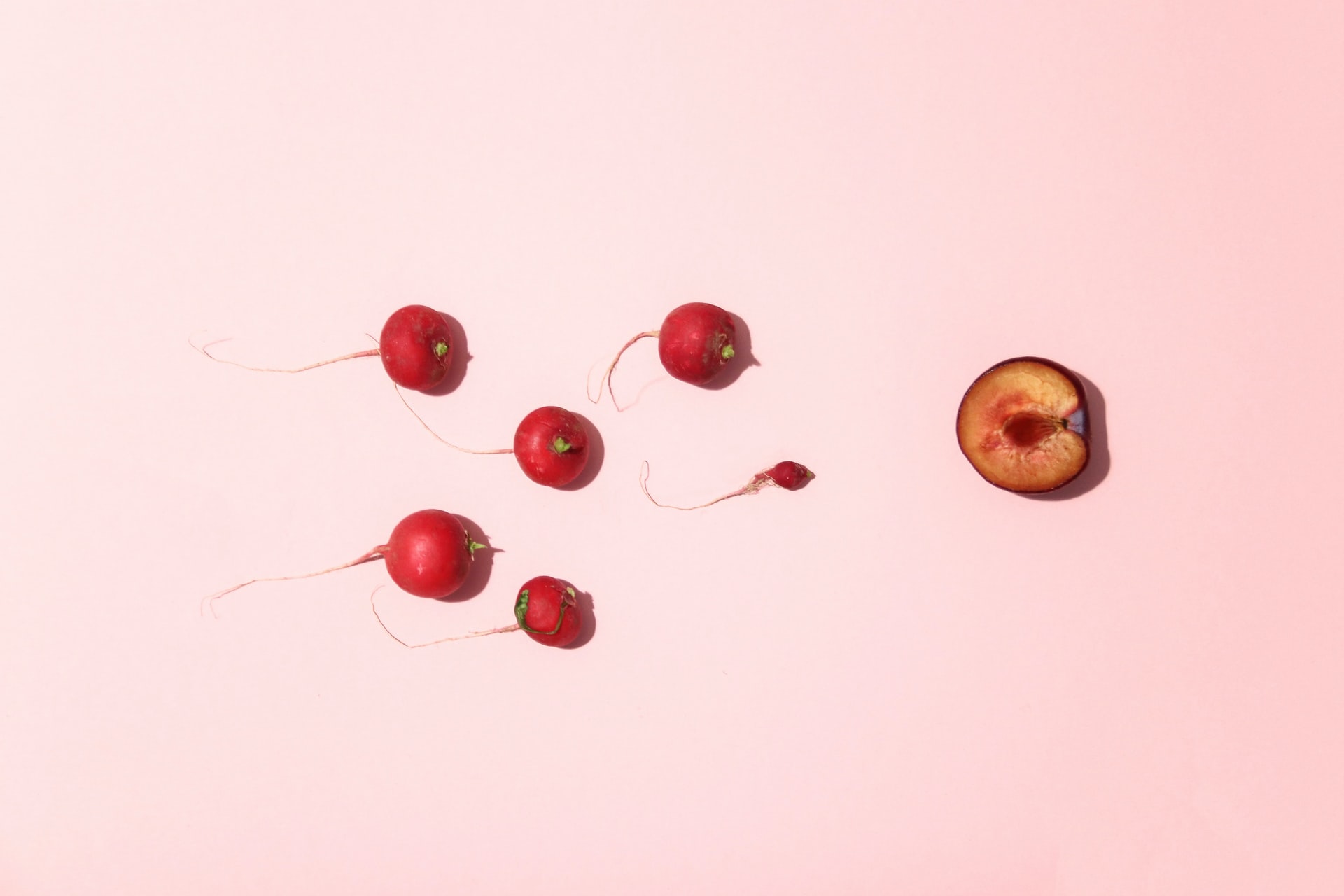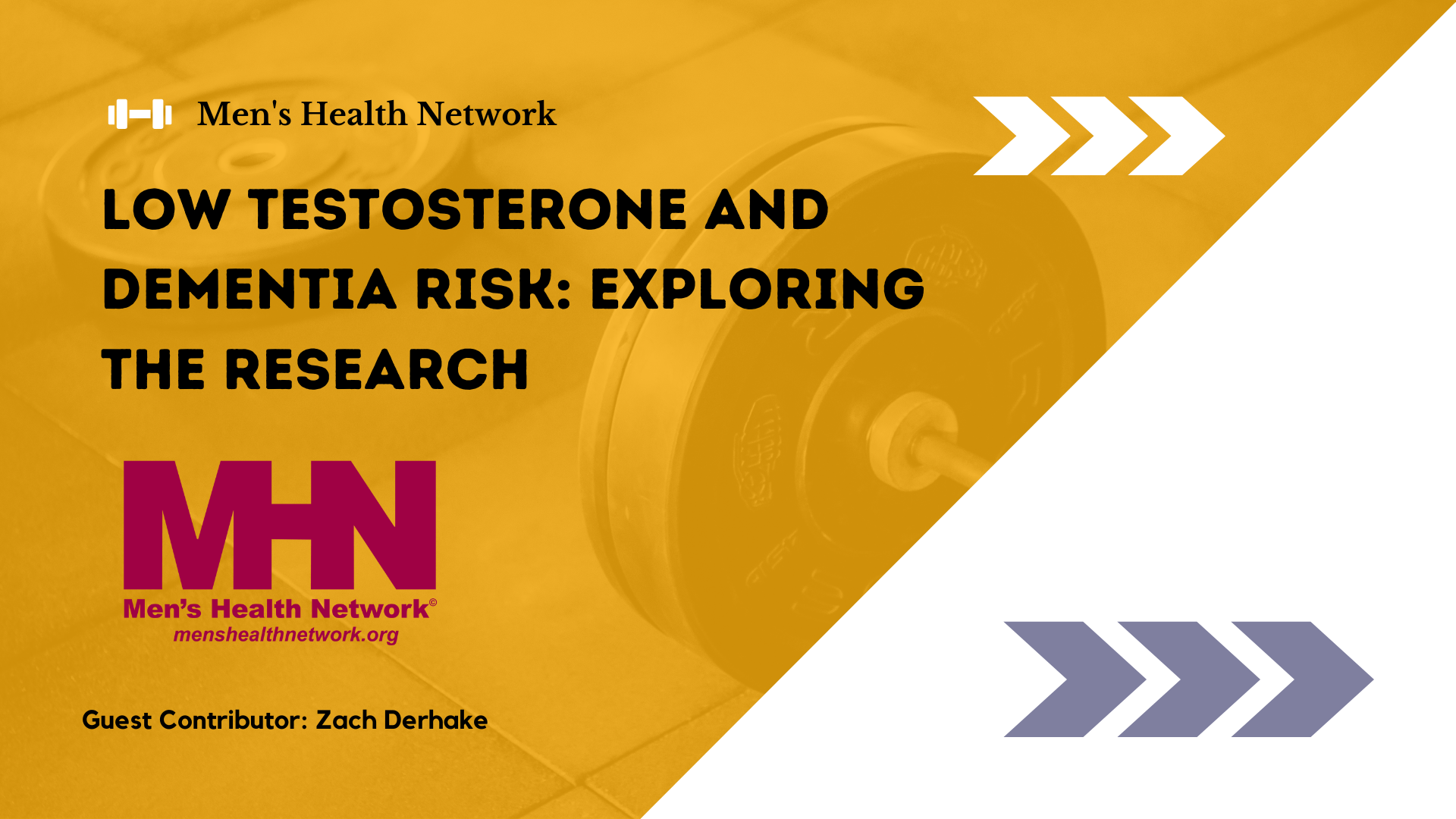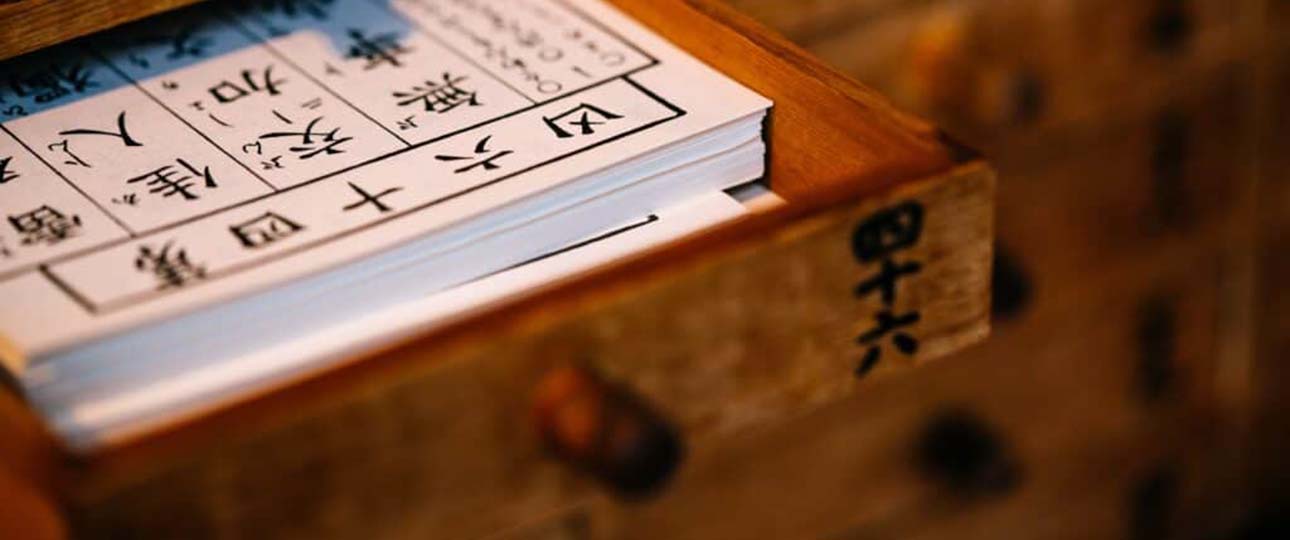Why would anyone wash sperm? Are they like clothes that get dirty? Not exactly, but sperm washing can clean up the environment in which sperm find themselves. And it can concentrate the boys, so they pack a more powerful punch. On the downside, the act of washing sperm, which is literally putting them in tiny, high-speed washing machines that spin at 1000 rpm, can also damage their genetic payloads. That precious cargo is the stuff of babies and therefore jostling it too much by washing sperm may lead to fewer pregnancies. Luckily, there are now ways to “clean up” sperm without washing them. The miracle of microfluidic technology.
Turkey Basting
The simplest way to use washed sperm is with intrauterine insemination (IUI). With IUI, a washed sample of ejaculated sperm is put into a syringe and placed into the female uterus, well beyond the vagina and cervix where sperm normally find themselves after sex. And, similar to sex and aligned with Darwin’s creed, the best sperm should still win.
Some form of IUI has been around a really long time: plants and insects have been conceiving by mixing their gametes without sex for millions of years. The first mammalian IUI was thought to have originated in the 14th century for horse breeding in the Middle East. In 1784, Lorenzo Spallanzani was reported to have used it for dog breeding. And as medical lore has it, John Hunter was the first to achieve a human pregnancy with IUI in 1793. It has become a go-to staple for fertility treatment for infertile humans and in animal husbandry over the last 200 years; that is, until in vitro fertilization (IVF) was invented in 1978.
Now, IUI has had a verifiably strong, hundred-year run as a fertility treatment for humans. It is used for couples with unexplained infertility, in women with cervical issues, when donor sperm is selected, and for men with spinal cord injury or erection issues. It is also used in cases of male infertility due to low semen quality. In essence, for male infertility, IUI puts more bullets in the gun and shoots those bullets farther. In best-case scenarios, IUI pregnancy rates are very respectable, but they don’t approach the higher pregnancy rates achieved with IVF. Of course, the cost of IUI is only about 1/10 that of an IVF cycle, so the bang for the buck is still quite reasonable. And IUI is certainly a more “natural” (and I dare say more romantic) process to go through than IVF (test tube baby) in which conception occurs in a petri dish.
Sorting Beats Washing
Because its success rates are lower than IVF, IUI has increasingly become IVF’s ignored older sibling. This may in part be due to the fact that sperm are only “washed” and concentrated but not necessarily enhanced with IUI. But microfluidic technology may change all of this. Instead of just “washing” sperm, it is now possible to put an ejaculate on a chip, wait 20 minutes, siphon it off, and obtain not only the most motile sperm but also the most genomically competent sperm in the bunch to use for IUI or IVF. Think of it as CrossFit for sperm. Indeed, a recent, large study (n=265 couples) showed that the ongoing pregnancy rates in chip-sorted IUI sperm was 15% per cycle compared to 9% per cycle using sperm “washing” — a 60% difference! Does this mean that, in the world of human infertility treatment, IUI is staging a comeback? Stay tuned as time will tell.
This article first appeared on Dr. Turek’s blog.
Photo by Dainis Graveris on Unsplash




